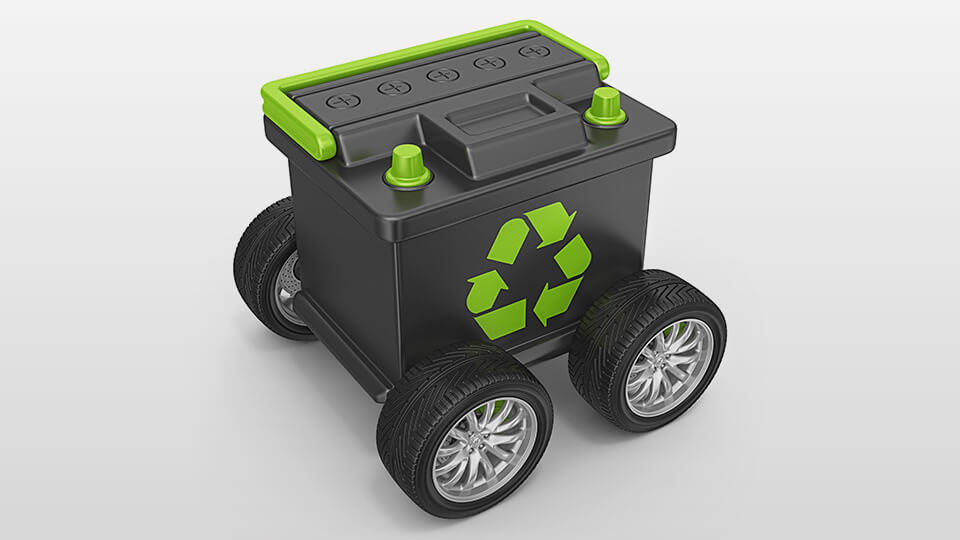More innovation to accelerate the EV rollout will be required if Australians are to successfully make the transition to electric cars. Undoubtedly, the fact that our cars are right hand drive compared with Europe, and the US, means supply is an issue.
EV Australian Sales
In the first quarter of 2023 sales of EV’s increased substantially and represented 6.5% of all cars sold in Australia. In April, 9.5% of new cars sold in Australia were EV’s. By the end of 2023 it i there will be 60 EV models available for purchase in Australia. Clearly, the changeover from fossil fuels is well and truly underway, but there are problems.
Right now, with cost-of-living pressures biting the initial cost of the vehicle is significantly more expensive than fuel driven cars and hybrids. The Chinese manufactured Dolphin is currently being launched in Australia at $38,890 and is positioned as the lowest priced EV in Australia. It’s distance range is between charges is 340-427 kilometres depending on model. This launch will precipitate a price war and provide added impetus to the acceptance of electric cars in Australia.
Whilst the marketing of EV’s is set to get a lot more interesting one of the major issues to consider is the number of charging stations around the country. Estimates vary widely.
Charging stations
There are about 3,700 public chargers, at just over 2,100 locations, across Australia, according to an Electric Vehicle Council report published in October 2022 – a fraction of the number in many comparable countries. Unlike, in Canada, where drivers have access to more than 16,000 public chargers at about 7,000 locations. I recently visited Scotland who have one of the highest percentages of charging stations to electric vehicles at 1 for 18 and the problems on recharging are still significant.
Without a doubt, the rollout of charges and an understanding of the capacity of the car to be recharged will be important for potential customers to digest. The Dolphin needs approx. 27kw of power to do 100 kilometres. It has a 70kw capacity. Whilst there are some public chargers that are free around Australia, they are slow and inefficient. Most fast chargers can be purchased for between 15 and 30 cents a kilowatt hour. Ampol have come in for some criticism with their fast charger costing 69 cents a kilowatt hour.

A standard electric car (70kWh battery) requires 10 hours to fully charge from empty-to-full using a 7kW charging point. Newer electric cars are being fitted with larger batteries that can also be serviced by more powerful ultrarapid EV Charging Stations. Moreover, the size of the battery and the quicker the charge will have a major bearing on future charging models. Consumer Behaviour to achieve the best outcome will vary according to need and budget.
Innovation the key
Innovation in charging and battery efficiencies will become a key differentiator as the car manufacturers strive for dominance in this burgeoning market.
A key issue for consumers will be the life of the car battery. Australia with a warmer climate is expected to have a higher degradation of batteries with overseas results suggesting a normal life of 10-12 years. Some commentators believe that in Australia seven years could be the norm.
The other issue to be resolved is that currently fuel excise is 47.7 cents a litre which raises nearly $14 billion dollars per annum in the federal budget. With considerable government subsidy to transition away from fossil fuels, it is unclear how the budget will recover this. Potentially leaving a gaping hole in future federal revenue budgets.
Clearly, as we move through this transition to EVs there is much to discover and learn from both an individual and government perspective. Ecobatt will continue to monitor trends as it seeks to understand the dynamics of this market and plan for the future recycling needs of EV batteries.





